The Harley-Davidson Duo-Glide marks a significant era in the Motor Company’s history. The Panhead-powered touring bike was the first Big Twin Harley with both front and rear suspension, and it’s also a reference for newer models. The 1964 FLH seen here looks remarkably similar to the 2023 Highway King we tested, including a sprung seat. Contributor Panhead Jim gives us a close look at his Duo-Glide, as well as some insight into H-D’s Panhead powerplant and its place in Harley history. – Ed.

For Harley-Davidson’s first 61 years, every motorcycle used a manual starting procedure, whether it was a two-pedal system reminiscent of a bicycle or the more modern single kicker arm. The 1964 model year was the last of the kick-only Big Twins. Just being able to push a button to start your motorcycle was a big technological leap and made Harleys more accessible to new riders, but it fundamentally changed the riding experience.
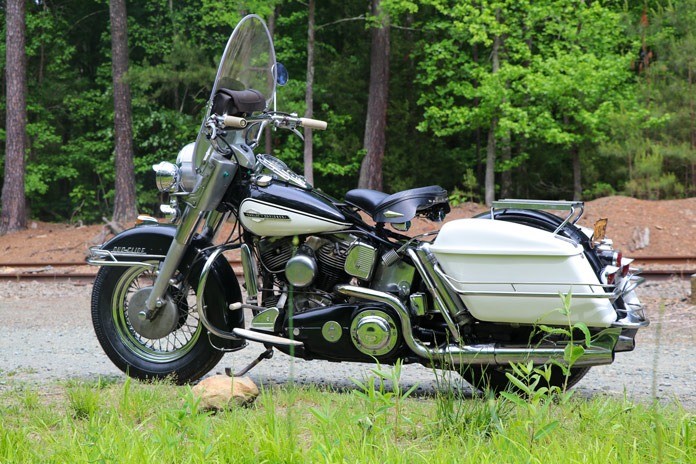
Before we get into all the other details of the 1964 model year, let’s break down the nomenclature for this model. You’ll find the letters “FLH” stamped between the model year and the production number on the VIN number stamped on the engine block. The “FL” designates this as a 74ci engine, and the “H” indicates that it’s a high-compression version of that motor.
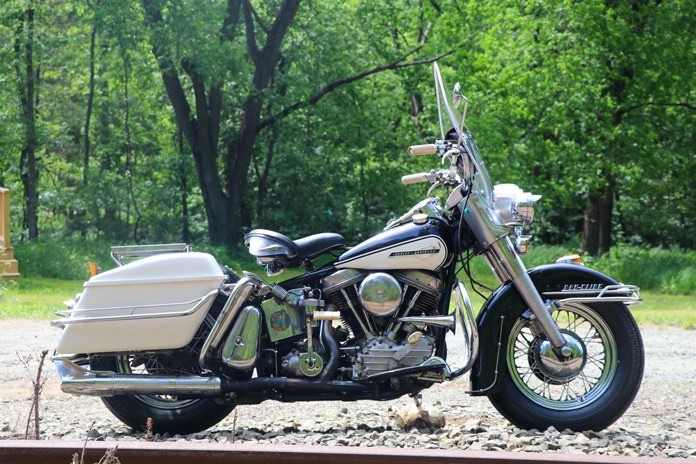
The name Duo-Glide was a play on a previous model, the Hydra-Glide, which was produced from 1949 to 1957. The Hydra-Glide was fitted with a hydraulically damped fork – a big upgrade from spring-only front ends used previously. The Duo-Glide name denotes that this model has both front and rear suspension.
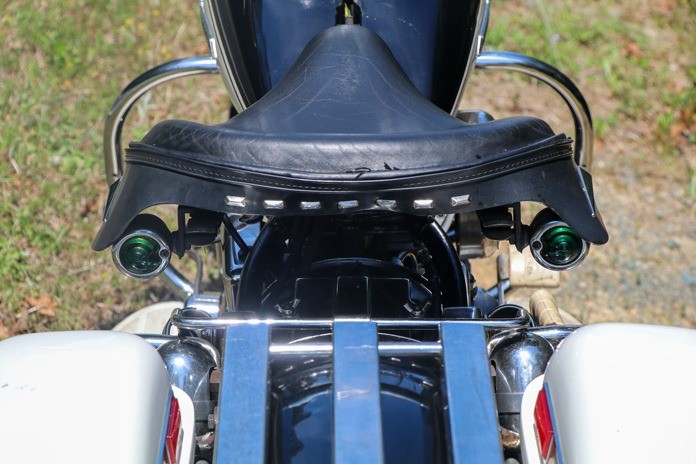
Duo-Glides were produced from 1958 until 1964 and were the first Big Twins from the MoCo with rear suspension. Previously, Harley used hardtail frames that relied on a spring-loaded seat post to provide some rear bump absorption for the rider. This naming convention would continue with the 1965 version of this bike, dubbed the Electra Glide to denote the addition of electric start.
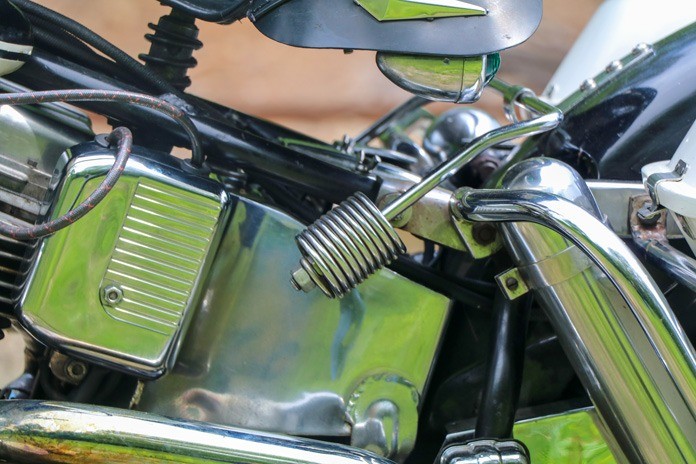
The other name associated with this bike is “Panhead,” which is simply a nickname that riders gave to this engine due to its pan-shaped valve covers. Following WWII and the emergence of our modern highway system, riders were ready to start putting down some serious miles on their bikes. The venerable cast-iron Knucklehead wasn’t fully up to the challenge, so the Panhead first rolled off the line for the 1948 model year.

Harley engineers concentrated on increased cooling and lubrication for the Panhead to make sure it could stand up to extended miles of high-speed riding. To accomplish this, they switched to a heavily finned cast-aluminum cylinder head, which was totally enclosed to eliminate oil leaks. It also featured a more powerful oil pump.
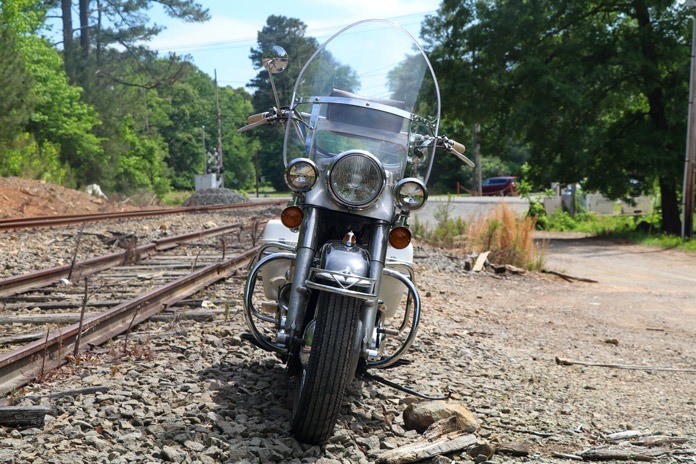
Performance was regularly improved during Panhead production, and additional changes to the oil pump design and bearing sizes were made to accommodate increases in horsepower. By 1964, external oil lines had been added, running from the block directly to the heads to provide additional lubrication for the top end. These heads are aptly named “outside oiler” heads.
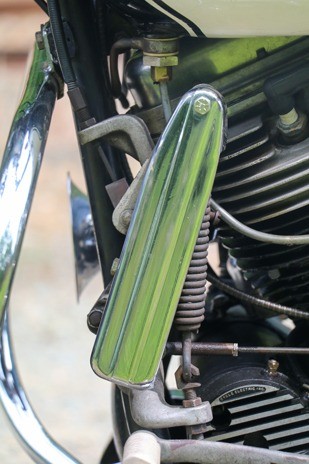
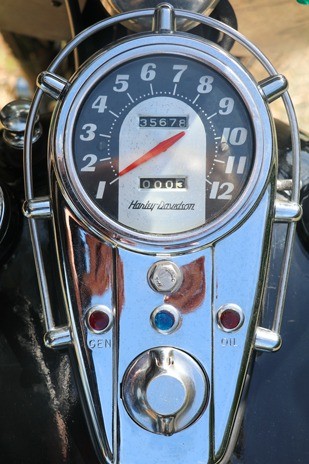
In 1966, the Panhead motor was replaced by the Shovelhead, which boasted newly designed cylinder heads. These heads could be bolted to the Panhead barrels for increased performance, an upgrade dubbed the “Pan-Shovel.”
The 1964 model was the last year before the addition of electric start and is therefore the last year of a 4-speed transmission design that dates all the way back to 1936. Few changes were made over its almost 30 years of production, but updates included different transmission shifter cams when it transitioned from a hand-shift to foot-shift arrangement and different top covers and side covers for the kickstart mechanism. Since the transmission case remained virtually the same during the entire production run, most of the parts are interchangeable between all the years, and some of the parts used through the 1970s can also be fitted into these transmissions.
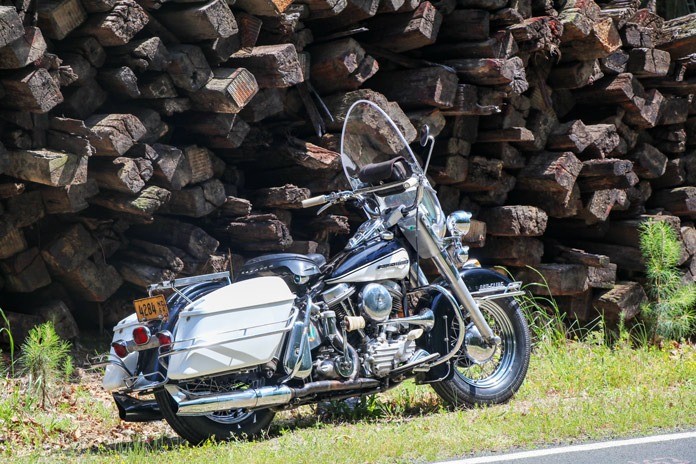
One common misconception is that the Panhead was Harley’s first foot-shift model. The actual first foot-shift Harley was the 750cc XA developed for military service during WWII and based on a BMW R71, but it never reached civilian production.
The Duo-Glide’s new frame design and addition of rear suspension, along with a windshield, luggage, and crash bars, added considerable weight over previous Panhead models. It scales in at over 700 lb. Still, this model is significantly lighter than the 1965 model, which was burdened with a larger battery and its electric starter.
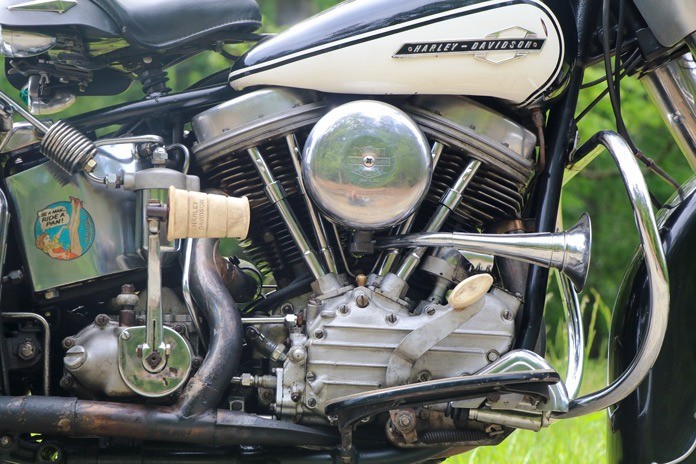
Old Harleys were never known for having excellent brakes, and that holds true with the Harley-Davidson Duo-Glide. The front binder is a cable-actuated drum brake, which provides just enough stopping power to keep the bike from rolling backwards when stopped on a hill but is not much use otherwise. In 1958, Harley switched from a cable rear brake to hydraulic drums with wider brake shoes.
The bike rides on 16-inch tubed tires front and rear, which can be fitted with the same tires used on some modern Harleys. Even though this bike has rear suspension, Harley retained the spring-loaded seat post that allows the seat to move up and down to cushion bumps.
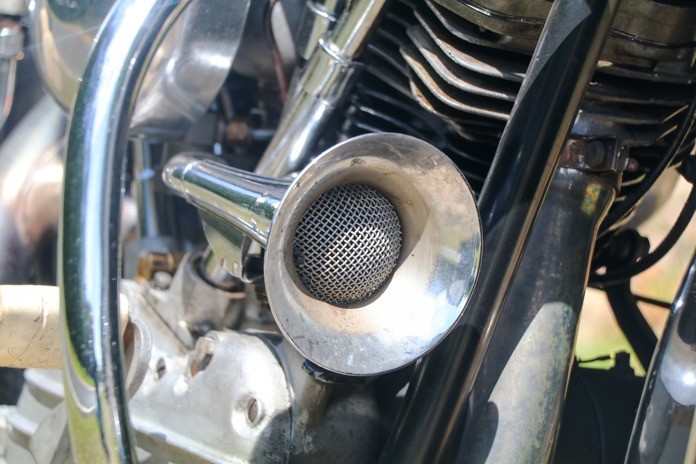
From a distance, the Harley-Davidson Duo-Glide can be easily mistaken for one of Harley’s most successful modern models: the Road King. I’ve pulled up to many a Harley dealership and had people mistake my Duo-Glide for a Road King – at least until I kickstarted it.
Both models use the same style front end with an almost identical headlight nacelle. The sheetmetal is very similar in design, with the major difference being the Road King’s larger fuel tank. Smaller details that also transferred from the Duo-Glide include the windshield, luggage, chrome trim, and exhaust.
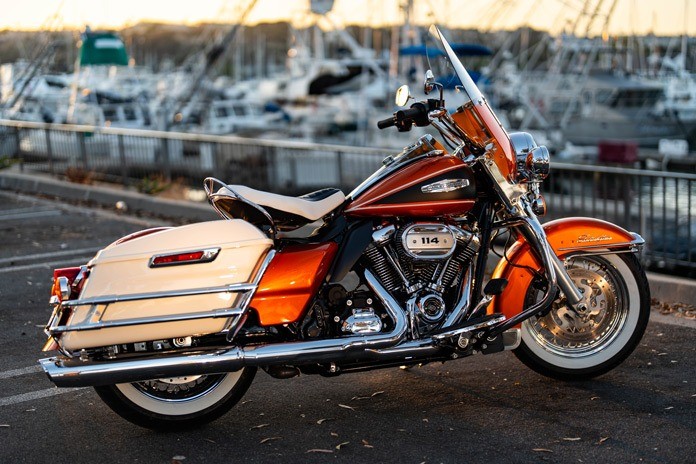
Harley has taken even more design cues from the Duo-Glide with the new Electra Glide Highway King, including a seat with integrated suspension and a two-tone windshield. With nearly identical front ends and so much in common, these bikes feel comparable when going down the road. Maneuvering them around a parking lot or riding on the highway has a similar heavy feeling.
Of course, the Road King and Highway King have modern engines and brakes, so their acceleration and deceleration are drastically superior, but once you hit cruising speed, the differences fade away. You may notice a bit more vibration at 65 mph on the Duo-Glide, but to me, that just adds to the charm.
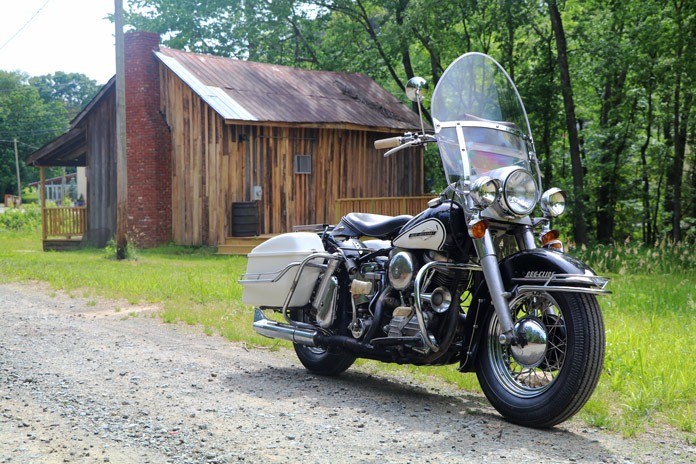
While the 1964 Harley-Davidson Duo-Glide marked the end of an era, it is definitely not the most valuable Panhead model. Most collectors prefer either an early hardtail model (with the 1948 version being the most collectible) or the final model from 1965. A good-running Duo-Glide can be had for less than $20,000, while bikes in pristine condition bump up the pricetag by about $10K.
While the idea of a kick-only Big Twin may be daunting for riders accustomed to electric starters, these bikes, when properly tuned, are typically “one-kick” machines. Or at the least, they always start on the last kick…
















